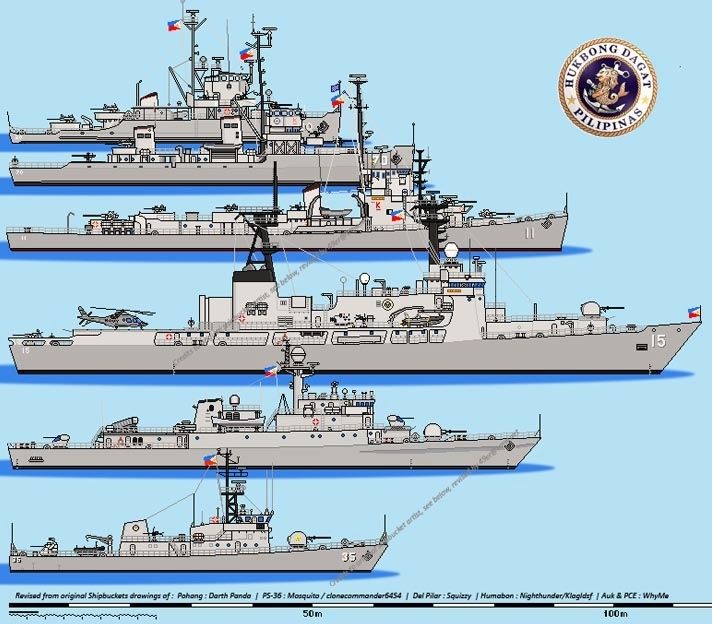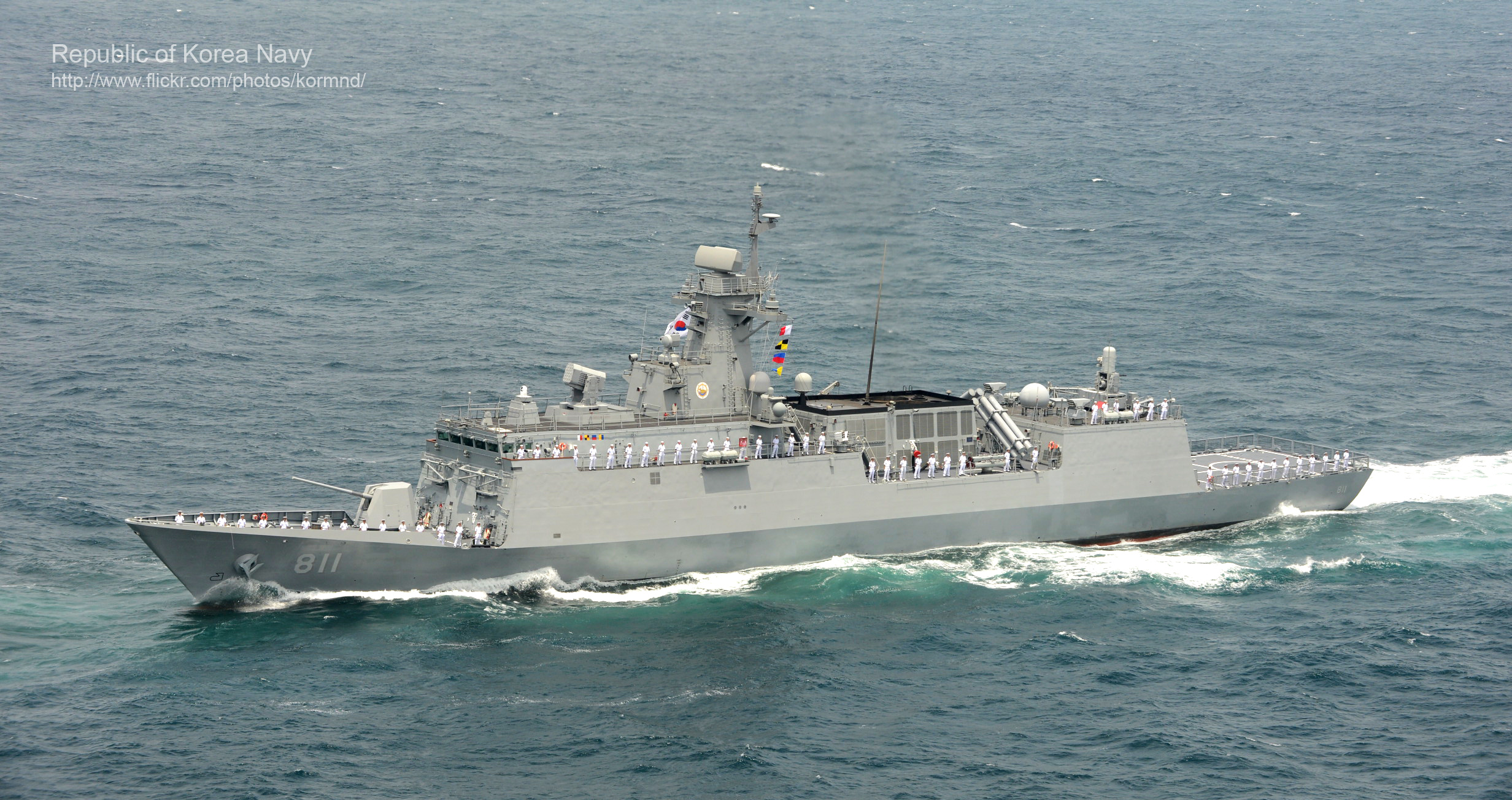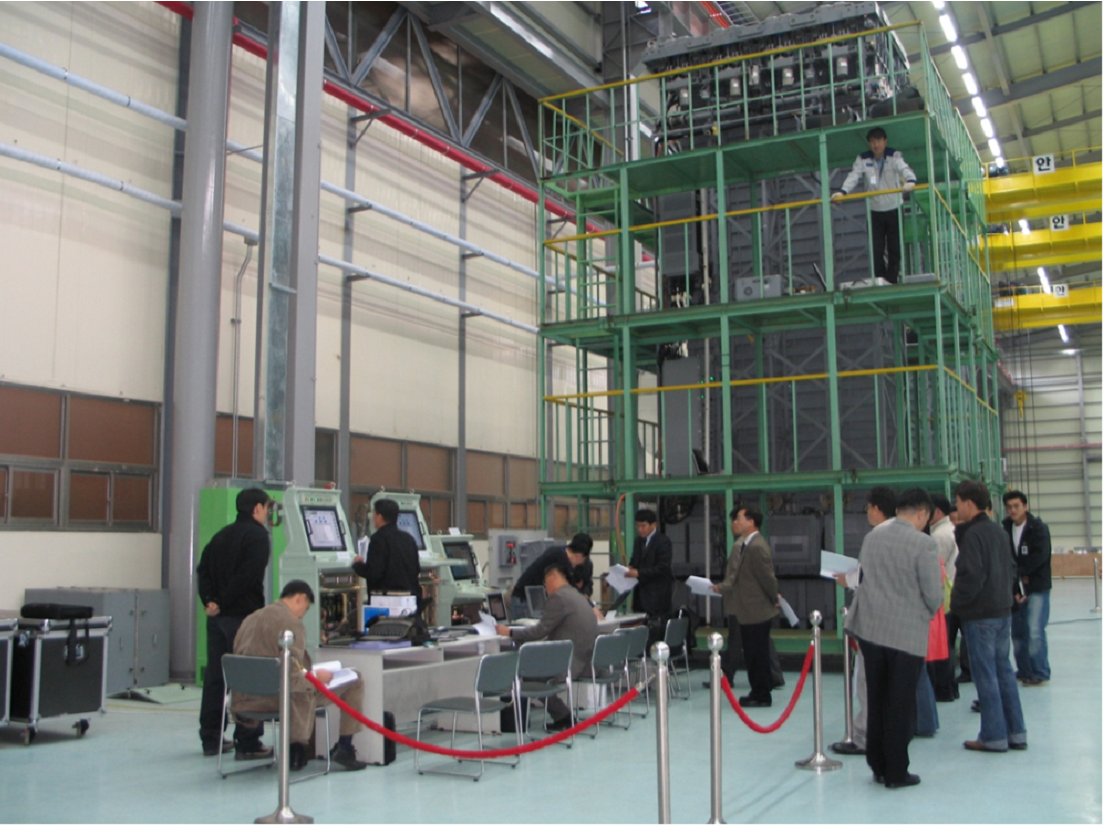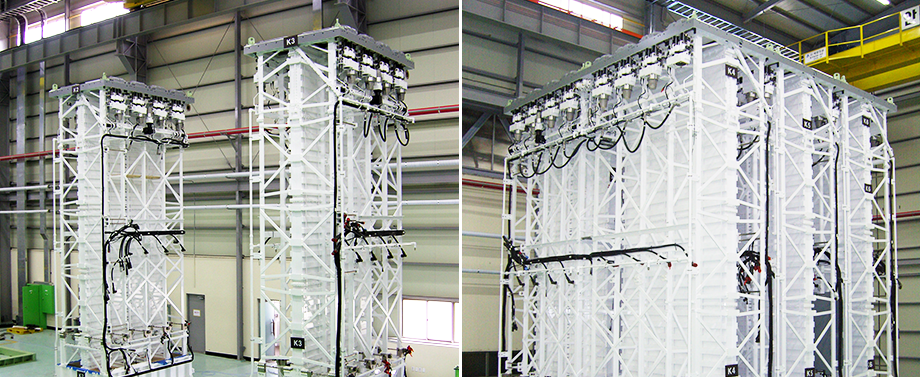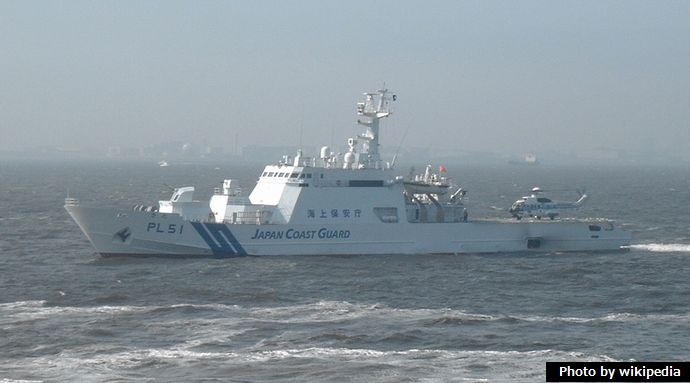Philippine Navy commissions first SSV, three landing craft on 118th anniversary
Ridzwan Rahmat, Singapore - IHS Jane's Defence Weekly
03 June 2016

BRP Tarlac during its commissioning ceremony on 1 June 2016, on the occasion of the Philippine Navy's 118th anniversary. Source: Philippine Navy
Key Points
•The Philippine Navy has officially inducted its largest vessel to-date
•Platform will significantly improve the service's transportation and HADR capabilities
The Philippine Navy (PN) has commissioned its first 123 m strategic sealift vessel (SSV), the PN's naval public affairs office told IHS Jane's on 2 June.
BRP Tarlac , with pennant number 601, was commissioned in Manila on 1 June in a ceremony marking the occasion of the PN's 188th anniversary. Tarlac is the first of two landing platform dock (LPD)-like ships acquired under a contract worth USD92 million signed in June 2014 between Indonesian shipbuilder PT PAL and the Philippine government.
According to IHS Jane's Fighting Ships , Tarlac features a full-load displacement of 11,583 tonnes, can accommodate a crew of 126, has a lift capacity for 500 troops, and can accommodate up to two medium helicopters on its flight deck. The platform has a top speed of 15 kt and an endurance of up to 30 days.
The second SSV is currently under construction in Surabaya and is scheduled for delivery in mid-2017.
Also inducted on the same day were three former Royal Australian Navy (RAN) Balikpapan-class landing craft that were retired from RAN service in December 2012, and received by the Philippine government in March 2016.
Formerly known as HMAS Wewak (L 130), HMAS Betano (L 133), and HMAS Balikpapan (L 126), the vessels have been commissioned as BRP Waray (288), BRP Iwak (289), and BRP Agta (290) respectively, said the PN. Each landing craft has a military lift capacity for three medium tanks or equivalent, and a range of 3,000 n miles (5,556 km) at 10 kt.
"All of these new acquisitions give the PN a significant boost on its capability of transporting personnel, equipment, and aid during humanitarian assistance and disaster response [HADR] operations," said the service in its statement on the inductions.
http://www.janes.com/article/60942/phil ... nniversary
92 MUSD por 2 navios destes

